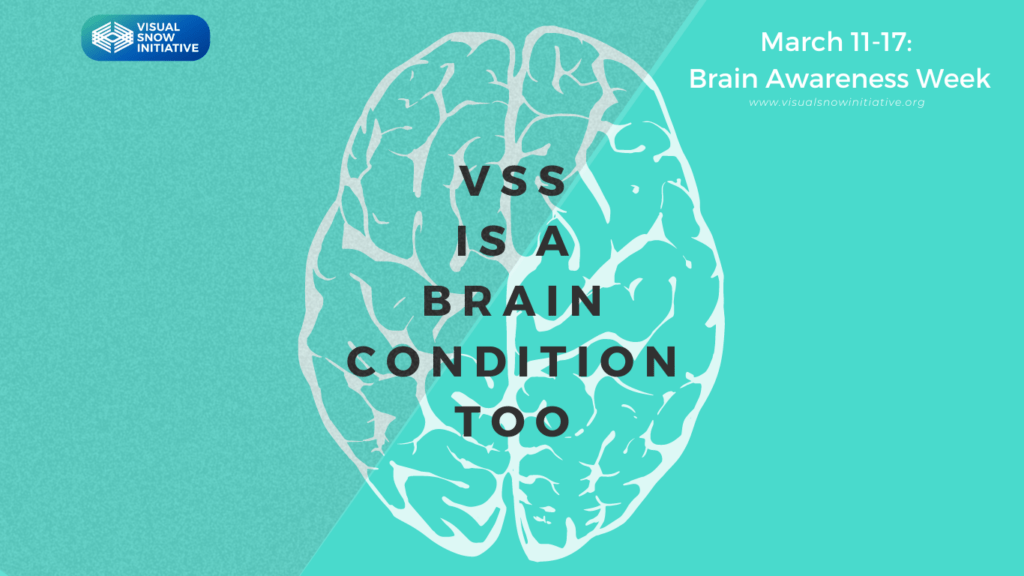Visual Snow Syndrome (VSS), previously puzzling to both patients and medical experts, has transformed from being disregarded as psychological or as an optical problem to being acknowledged as a neurological condition. This progress stems from advancements in medical research, increasing awareness among healthcare providers and the general public, and patient advocacy.
The Origins of Visual Snow Syndrome
Visual Snow Syndrome (VSS) was first described in medical literature in the 1990s, yet its origins were complicated for researchers and medical professionals to grasp as a “real condition” for an extended period. Individuals with VSS experienced enduring visual disruptions, including perceiving static-like visual noise. Due to the challenge of quantifying or observing their symptoms through conventional diagnostic methods, healthcare professionals encountered difficulties in pinpointing the underlying cause. Without visual evidence, patients often found themselves facing skepticism from medical professionals who, at times, attributed their symptoms to psychological factors. The dismissal of VSS as a psychiatric condition led to a prolonged period of frustration and misunderstanding for those affected.
Another avenue explored in the quest to understand VSS was the field of optometry and ophthalmology. Some patients sought relief from eye specialists, hoping that their symptoms were related to problems with their vision. However, thorough examinations often revealed that their eyes were structurally normal, leading to a dead end in terms of finding a direct cause for the visual disturbances.
Breakthroughs to Recognize VSS as Neurological
Breakthroughs in neuroscience propelled the understanding of VSS forward, shifting the focus from the eyes to the brain. Advanced imaging techniques, such as functional magnetic resonance imaging (fMRI) and positron emission tomography (PET) scans, have allowed researchers to study the brains of individuals with VSS more comprehensively. Current research suggests that VSS may be linked to hyperexcitability in certain regions of the brain, particularly those associated with visual processing. This heightened neural activity could explain the persistent visual disturbances experienced by individuals with VSS, as well as the accompanying non-visual symptoms.
In their recent investigation supported by the Visual Snow Initiative, Dr. Francesca Puledda and her team’s findings have identified the first-ever possible biological basis of the condition. Their novel approach revealed that the patterns of activity in two brain chemical systems, glutamate and serotonin, are different in people with VSS compared to those without the condition.
Non-Visual Symptoms & the Brain
While visual symptoms remain a hallmark of VSS, the condition also manifests through a range of non-visual symptoms that highlight its neurological nature. Patients frequently report experiencing insomnia, anxiety/depression, frequent migraines, brain fog, dizziness, nausea, depersonalization, paresthesia (abnormal sensations like tingling or numbness), sensory disturbances (such as “brain zaps” or electric shock sensations), susceptibility to sensory overload (the brain receives more sensory input than it can handle, triggering a “flight-or-fight” response), and sensory hypersensitivity / hyperesthesia (sensitivity to stimuli, such as sights and sounds).
The shift from discrediting VSS as a psychiatric or optical concern to acknowledging it as a neurological disorder highlights the advancements in scientific understanding, awareness in the medical and general community, and determination of patients.
In line with the efforts to raise awareness about neurological conditions, this message resonates well with Brain Awareness Week, promoting a greater understanding of conditions like Visual Snow Syndrome and emphasizing the significance of ongoing research and raising awareness every day.


